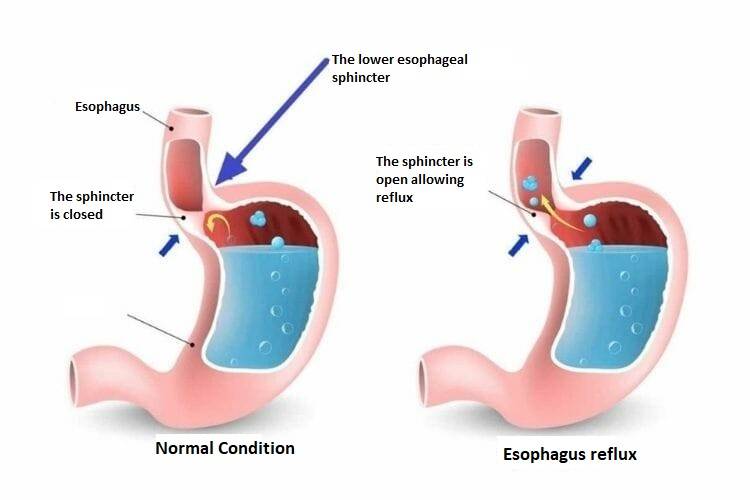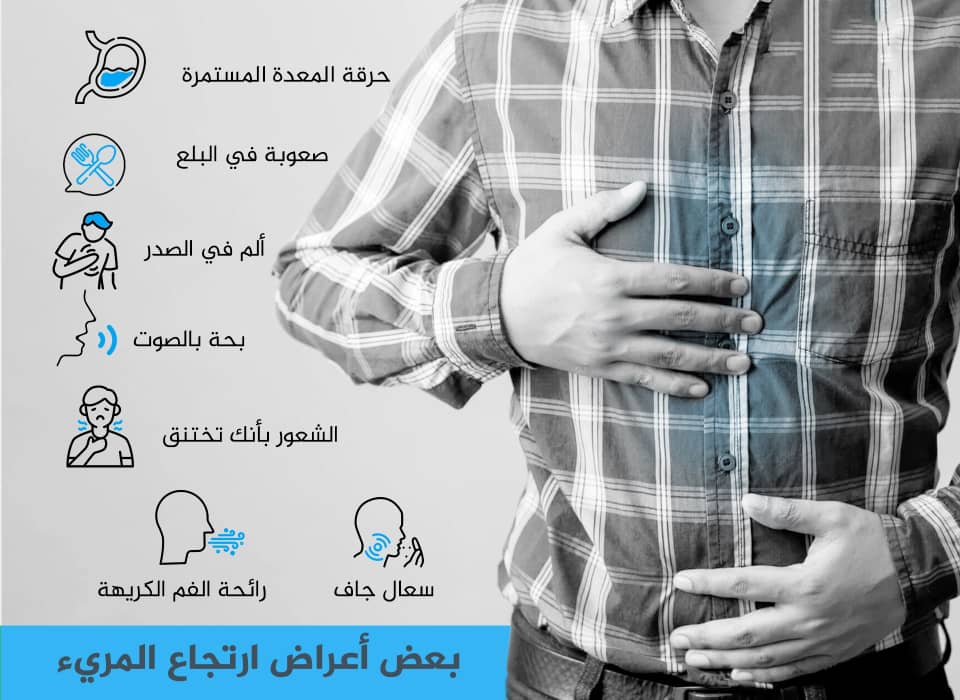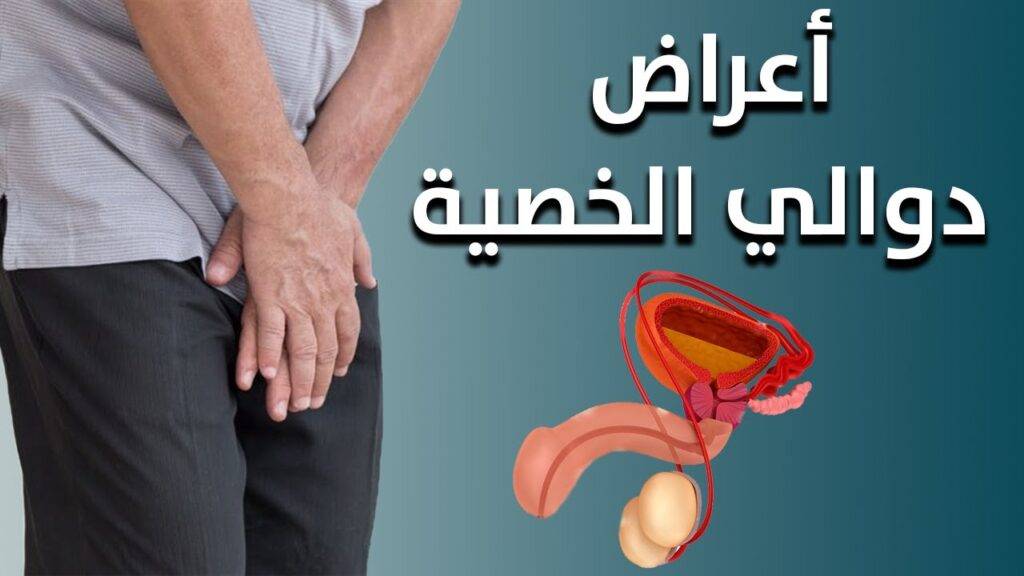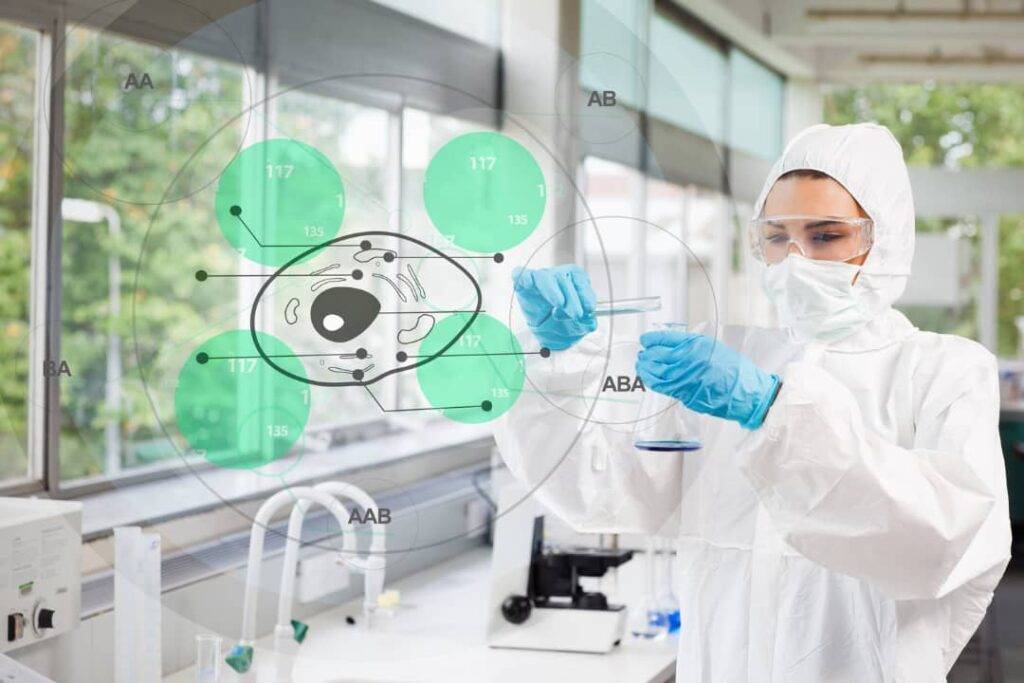
Stomach diseases are common and chronic diseases that affect many people all over the world. One of these common diseases is gastroesophageal reflux, which causes a lot of inconvenience and pain to the people affected by it. This article aims to provide an overview of the types of stomach diseases and their complications, as well as methods of treatment in Iran.
Stomach diseases and the complications they cause are many and varied, so in this section we will discuss only some of the most common stomach diseases and complications.
Article contents
- Temporary stomach ailments.
- Chronic stomach diseases.
- gastroesophageal reflux
- Symptoms of gastroesophageal reflux.
- Voice change due to regurgitation.
- Symptoms of laryngopharyngeal reflux.
- Diagnosis of gastroesophageal reflux disease.
- Methods of treating gastroesophageal reflux from the point of view of our doctors in Iran, in the city of Shiraz (drug technique in treating stomach diseases)
Introduction:
Stomach diseases and the complications they cause are many and varied.
Based on this, in this section we will only discuss some of the most common stomach diseases and their complications:
First, to make it easier to understand and classify diseases of the stomach, we divide them into two categories:
- Temporary stomach ailments.
- Chronic stomach diseases
Temporary stomach diseases:
Such as flatulence, temporary constipation, heartburn and other temporary conditions are usually caused by overeating, eating after satiety, eating opposite foods to each other and, in some cases, eating toxic foods.
Chronic stomach diseases:
بما في ذلك ارتجاع المعدة ،Permanent constipation, stomach bloating, stomach pain, stomach ulcers, and all stomach problems that have become permanent.
Since chronic stomach diseases have various complications and most of the questions are related to this type of stomach disease, we dedicate the continuation of the discussion to chronic stomach diseases.
There are usually two main sources of chronic stomach disease:
- Stomach diseases from soda.
- Stomach diseases of phlegm (sputum)
These types of stomach diseases are usually caused by soda, or in other words, due to the bad effect of soda in the stomach, and the most common examples of complications from this disease are:
Gastroesophageal reflux:
In this type of gastric disease, stomach acid enters the esophagus and will be a secondary factor to other complications such as the following:
- Ulcer at the junction of the stomach and esophagus (due to swelling of the esophagus, its outer tissue becomes dead tissue and leads to an ulcer).
- Resistant narrowing of the esophagus resulting in esophageal reflux (esophageal distention caused by gastroesophageal reflux itself).
- Barrett’s esophagus (tissue change or tissue change of the terminal esophagus).
- Esophageal adenocarcinoma (it is one of the types of esophageal cancer and includes between 50 and 80% of this type of cancer)
Common symptoms of gastroesophageal reflux:
Heartburn, heartburn and shortness of breath, regurgitation of sour food or liquids, feeling of a lump in the throat.

Symptoms of gastroesophageal reflux
Gastroesophageal reflux symptoms vary depending on which organ is affected by stomach acid. Not all people experience the same symptoms. Reflux symptoms range from mild to severe and usually occur after eating (especially spicy or fatty foods) and when lying down or bending over.
Symptoms of gastroesophageal reflux include:
- Pain or heartburn accompanied by a burning sensation in the chest. This burn may also reach the throat.
- Bitter or sour taste in the throat. In some cases, some of the food or liquid in the stomach may back up into the mouth.
- Indigestion accompanied by pain and discomfort in the upper abdomen. Symptoms of indigestion include an upset stomach, nausea, vomiting, and an unpleasant feeling of fullness.
- In some cases, swallowing problems can sometimes lead to a person’s breathing being disturbed.
- Sore throat and severe hiccups or vomiting.
If you are familiar with the above signs and symptoms or if you experience them from time to time, it is best to see your doctor as soon as possible.
Voice change due to reverberation
Many people suffer from reflux. In these people, the contents of the stomach move backwards and against the normal direction, until they reach the throat. When the contents of the stomach reach the throat with this reverse motion, it is called laryngopharyngeal reflux.
Stomach secretions are rich in acids and enzymes that we need to digest food in the stomach. It is normal for these substances to damage the tissues of that part (throat and larynx) anywhere except in the stomach and intestines.
As we said in laryngeal and laryngeal reflux, gastric secretions damage the vocal cords and larynx and cause laryngitis. Laryngitis is called laryngitis, in which case it is called reflux laryngitis.
Symptoms of laryngopharyngeal reflux
Symptoms of laryngopharyngeal reflux are mostly as follows:
- Frequent clearing of the chest (such as a short cough).
- Feeling of a lump in the throat.
- Hoarseness (change of voice).
- cough.
- Sore throat.
- More respiratory secretions.
- Bitter or sour taste in the mouth.
- Voice symptoms are aggravated by eating spicy foods.
Note that the symptoms caused by laryngopharyngeal reflux are very similar to other diseases of the pharynx and larynx. It is suggested to consult an ENT doctor at the same time as an internist or general practitioner to ascertain the cause of this problem.
Diagnosis of gastroesophageal reflux disease
As mentioned, the above symptoms, especially heartburn, are good signs for diagnosing gastroesophageal reflux. If GERD is suspected by the attending physician, he or she asks the patient to undergo some relevant examinations and tests before diagnosing and confirming.
Your doctor may use one or more of the following tests to diagnose gastroesophageal reflux:
- Drinking a solution containing barium:
Under normal circumstances, the gastrointestinal tract cannot be imaged. Drinking a solution containing barium makes it possible to take pictures of the digestive system. This method is used to diagnose gastroesophageal reflux. - Endoscopy:
A flexible tube with a small camera is sent into your esophagus for examination and sampling (if needed). - Esophageal pH monitoring:
A pH meter is inserted into the esophagus to monitor the entry of stomach acid into the esophagus. - Esophageal tonometer:
A flexible tube is passed into the esophagus to measure the strength of the esophageal muscles.
Treatment of gastroesophageal reflux from the point of view of our doctors
One of the most effective ways to prevent and treat gastric reflux is to change your lifestyle and adjust your diet. Some points to keep in mind when treating esophagus reflux are:
- Quit Smoking.
- Make your meals smaller.
- Do not lie down immediately after eating.
- Chew gum after eating.
- Avoid eating and drinking foods that aggravate the symptoms of gastroesophageal reflux.
- Do not wear tight clothes and belts.
- If you are overweight, it is best to think about losing it.
Important note:
If doing the above doesn’t work, your doctor may prescribe medication to treat gastric reflux.
Techniques and methods in the name of two-drug technology to treat stomach diseases under the supervision of doctors at Ariana Company.
Ariana’s doctors implement a new method for treating stomach diseases, which is known as the two-drug method, and it is performed in several steps, and it is one of the new technologies with high results, which includes the following steps:
- Two-drug method (two weeks).
- One medication method (two months).Diet (from the beginning of treatment)



